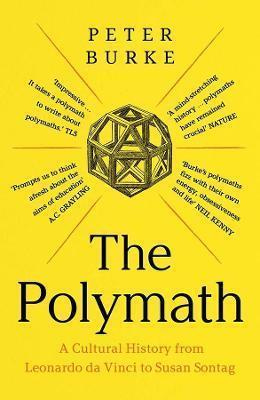Title: The Polymath: A Cultural History from Leonardo da Vinci to Susan Sontag
Author: Peter Burke
Publisher: Yale University Press
Publication Date: September 8, 2020
Welcome to Vintage Cafe, a reader-supported newsletter exploring music, film, books, art, travel, and coffee. By subscribing for just $6 a month, you support independent writing and unlock exclusive content.
Peter Burke’s The Polymath: A Cultural History from Leonardo da Vinci to Susan Sontag is an insightful exploration of individuals who defy disciplinary boundaries, delving into a vast array of knowledge fields. The book is a rich tapestry, weaving historical and cultural contexts to examine what it means to be a polymath, why they emerge, and how they have influenced society across centuries. Burke offers readers a meticulous examination of the intellectual giants, their environments, and the social forces that shaped their paths.
Burke begins with the fundamental question: What is a polymath? He traces the term’s evolution, from its roots in classical antiquity through the Renaissance ideal of the uomo universale to its modern iterations. The introduction establishes the tension between specialization and intellectual breadth, a theme that recurs throughout the book. Burke makes a compelling case for why polymathy remains relevant in today’s era of hyper-specialization, connecting historical perspectives to contemporary challenges.
Leonardo da Vinci
The book is organized into chapters that each focus on a specific period or theme, such as the Renaissance, the Enlightenment, and the age of interdisciplinarity. Burke’s narrative takes readers through the lives of figures like Leonardo da Vinci, Gottfried Leibniz, and Alexander von Humboldt, offering nuanced portraits of their intellectual journeys.
Keep reading with a 7-day free trial
Subscribe to Vintage Cafe to keep reading this post and get 7 days of free access to the full post archives.






